Some of us would say there's never a bad time for a little tequila. That said, there's definitely never been a better time than now, thanks to a boom in traditionally minded artisanal tequilas, wider availability of longstanding Mexican brands that lack big marketing budgets, and the ease of ordering a wide selection online. No, the struggle these days isn't in finding a superb, distinctive, and refined tequila—one that instantly erases any hangover memories of rotgut shots—but deciding among many of the best tequila brands worldwide.
For the better part of the 21st century, tequila has been one of the fastest-growing spirits in the United States. In fact, by the end of 2023, the Distilled Spirits Council predicts it will overtake vodka to become the best-selling liquor in the country.
But what is tequila, exactly? And why does everybody seem to love it so much these days?
What Is Tequila Made From?
Well, that first question can be easily answered: Tequila is a Mexican spirit distilled from the agave plant. More specifically, the species is agave tequilana Weber var. azul (aka blue Weber agave). Unlike other categories of agave spirits—such as mezcal and sotol—tequila can only be made from this subspecies of the plant.
When the agaves reach maturity after several years, their sugar-rich hearts (piñas) are cooked and crushed; the extracted juice is then fermented and, finally, distilled. Several factors come into play at each stage of this process, but at the very least, for a tequila to be great, it must be all agave, with no additives. (Rule number one: Never buy tequila that's not labeled "100 percent agave.")
Moreover, tequila is primarily made in the arid lowlands and rainy highlands outside of Guadalajara, in the state of Jalisco. But, by law, it can also be produced in parts of four other Mexican states.
Why Tequila Is So Popular
As for why people love it so much, that’s even simpler to understand. In its highest forms, tequila is full-flavored yet still gentle enough to enjoy neat.
There’s never been more top-shelf varieties of sipping tequilas to choose from, but there are also plenty of other bottles in an array of budgets that mix wonderfully in all sorts of cocktails. Consumers, in turn, are increasingly exposed to the wide range of what the drink can offer.
How to Drink Tequila
Unlike aged whiskies or wines, tequilas that are older aren't necessarily better. And while aging can certainly mask a lesser tequila, any great blanco can make for a beautiful reposado and añejo (and since most of our favorite brands make all three styles, the list we've compiled of the best tequila brands ultimately comprises much more than 18 bottles).
Though the right style is a matter of personal preference, we recommend blancos for sipping neat or as luxurious cocktail mixers.
Reposados are ideal over ice, while añejos come alive when sipped in brandy snifters (while lounging in a worn leather armchair, naturally).
In order to finalize our short list of the best tequila brands, we tasted dozens and dozens of bottles. And we were careful to include as many options from every category and a range of price points.
Most of our favorite brands produce blancos, reposados, and añejos, and, while we tend to prefer blancos, we would happily recommend them all. Also included are high-end specialty bottles that impressed us. Salud!
Men’s Journal aims to feature only the best products and services. We update when possible, but deals expire and prices can change. If you buy something via one of our links, we may earn a commission.
Best Tequila Brands of 2023
Blanco
Also known as silver or plata tequila, this style is typically as clear as it was when it rolled off the still. That’s because it is, by and large, an un-aged expression (though it can rest for up to two months in oak barrels). As such, it affords the purest window into what agave equals in liquid form. Typically, those tasting notes lean toward earthy, vegetal, and even mineral-rich signatures. Connoisseurs are often enamored with the category as a result.
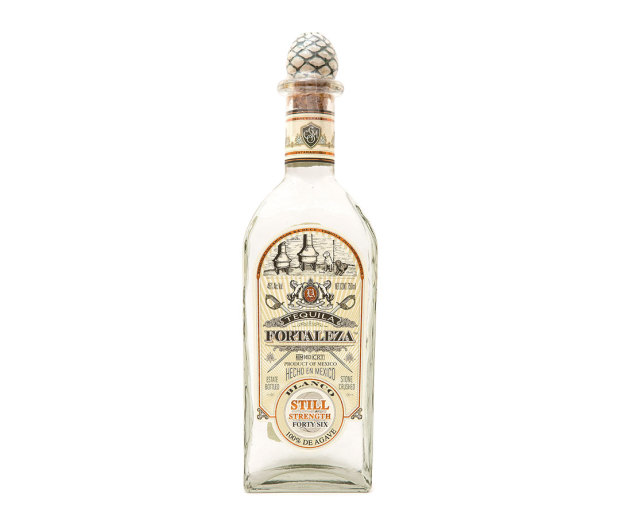
Courtesy Image
Fortaleza is made by fifth-generation tequilero Guillermo Sauza—yes, that Sauza, though the family sold off its eponymous brand decades ago—who, in the 1990s, sought to re-create the tequila his great-great-grandfather made a century before.
The agave is crushed by a traditional tahona (or stone wheel), fermented in small wooden vats, and distilled in tiny copper-pot stills for maximum quality control. Notably, Fortaleza is a "lowlands" tequila, which is made from agave that takes longer to ripen than highlands versions, and typically has a sweeter flavor. Sure enough, Fortaleza Blanco is silky smooth, coming on sweet and a little spicy—like coconut candy with a touch of cinnamon—but leaves you with a briny finish, almost like a salted glass rim. Most of our other picks in this roundup are of the highlands variety, but Fortaleza is, to us, perfection—especially with a dash of lime on the side.
To up the ante, go for Blanco Still Strength. A kaleidoscopic array of flavors and aromas are delivered in an assertive 92-proof body. It’s bright and brimming with the earthiest elements only fully ripened agave can provide. The only problem is, the distillery just doesn’t export that much of it into the States. So, whenever you find a bottle, you buy that bottle.
[Price varies, $247.99; caskers.com]
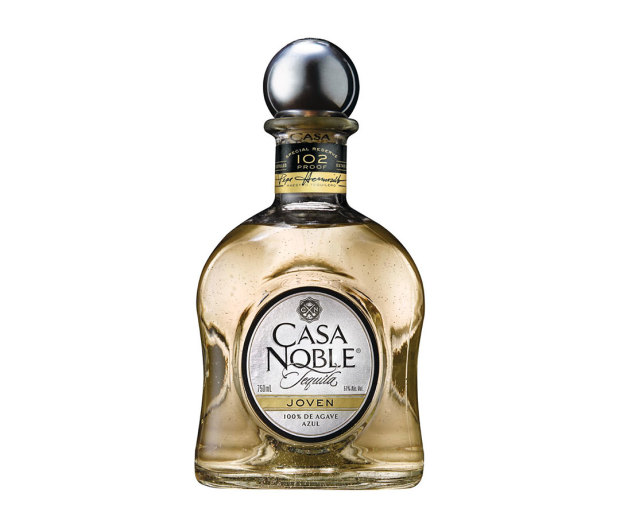
Courtesy Image
Casa Noble makes a range of tasty handcrafted (and certified organic) lowlands tequilas. All are superb, but Casa Noble's limited-production Jóven recently captured the attention of our tastebuds.
Bottled at 102 proof for a fuller flavor, it sits in oak for just six weeks, which would technically make it a blanco, but it's distinct from Casa Noble's no-oak Blanco, which it calls Crystal (and is itself a powerfully rustic, almost salty spirit). As a result, it has a richness and roundness that suggests dark chocolate, without the cloying vanilla and butter flavors that oak can impart.
[Price varies, $70.99; reservebar.com]
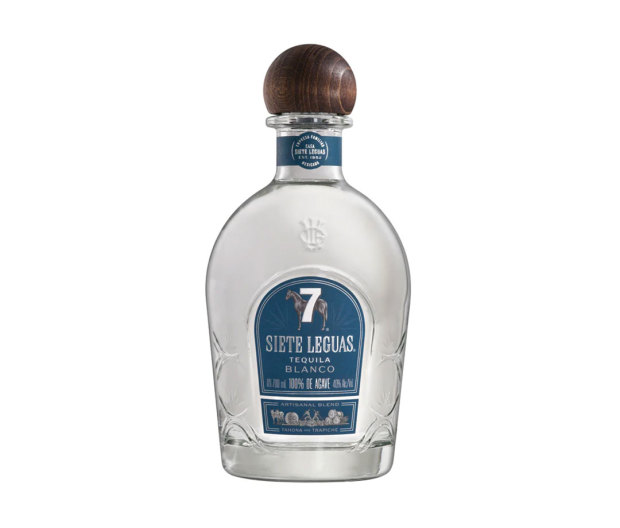
Courtesy Image
Aside from excellent agave sourcing, one of the keys to the clean, rustic flavor of Siete Leguas is the complex process used to produce the liquor: Some of the agave hearts are crushed using the ancient donkey-pulled tahonas or stone-wheel mills some using modern sugar cane shredders.
The secret is the mix, and it varies from batch to batch, depending on any number of factors. Its Blanco is wildly complex: You might smell or taste spearmint, pine, earth, and cinnamon—but it's always smooth and perfectly balanced.
[Price varies, $54.98; drizly.com]
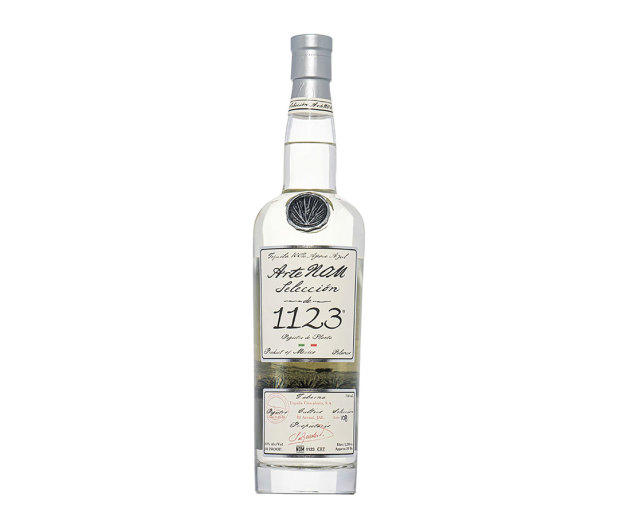
Courtesy Image
Tequila ArteNOM celebrates regional tequila by offering selections that depict a specific altitude, heritage, cultivation, and distillation technique.
ArteNOM Selección de 1123 Tequila Blanco is an 86-proof gem that's as complex a sipping spirit as you’ll find in any category. It introduces itself with a whisper of smoke, before a parade of citrus, vanilla, orange peel and eventually olive brine wash across the palate in slow procession. Sip it neat—hold the ice.
[Price varies, $89.59; drizly.com]
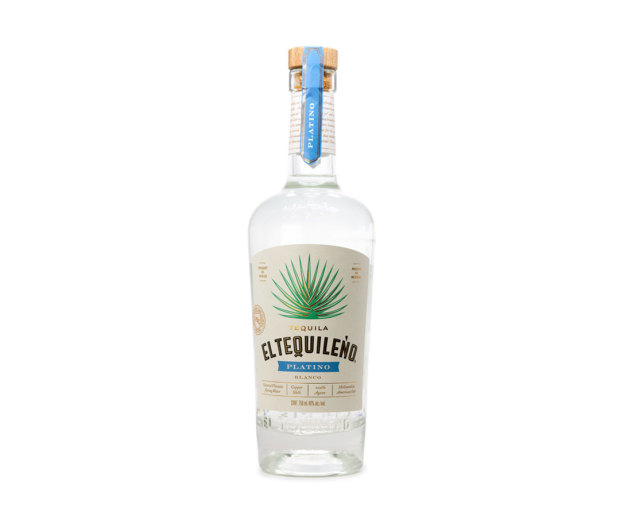
Courtesy Image
El Tequileño Platino is aged for just a few weeks in American oak. This herbal-forward juice is a favorite among locals in the actual town of Tequila, Mexico. There’s a pronounced florality to the nose, which you won’t often find in the blanco category.
It’s something you want to savor slowly and contemplatively. The fact you can easily access something so craft-driven at under $55 a bottle is something of a small miracle.
[Price varies, $44.99; totalwine.com]
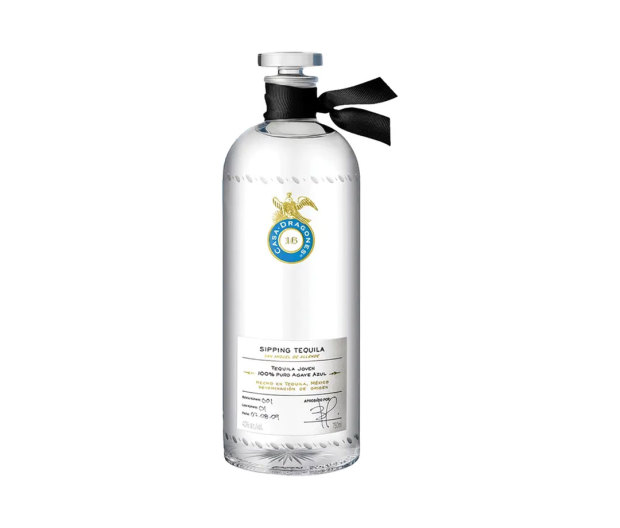
Courtesy Image
Headed by Bertha González Nieves—the first woman afforded maestra tequilera status by the Mexican government—Casa Dragones isn't afraid of breaking with convention. That's partly why it's one of the best tequila brands.
Unlike other companies, which embrace every aspect of traditional production in all its primitive charm, Casa Dragones developed an elaborate and modern multiple-distillation process to eliminate impurities and harsh flavors in its Joven.
The brand then adds a tiny bit of extra añejo to its blanco for complexity and puts it in hand-blown bottles with hand-numbered, signed labels. That's all to reiterate this tequila is meant to be the premium to end all premiums. Joven uncovers a stunning array of aromas and flavors. At this price, you'd better savor it.
[Price varies, $314.95; drizly.com]
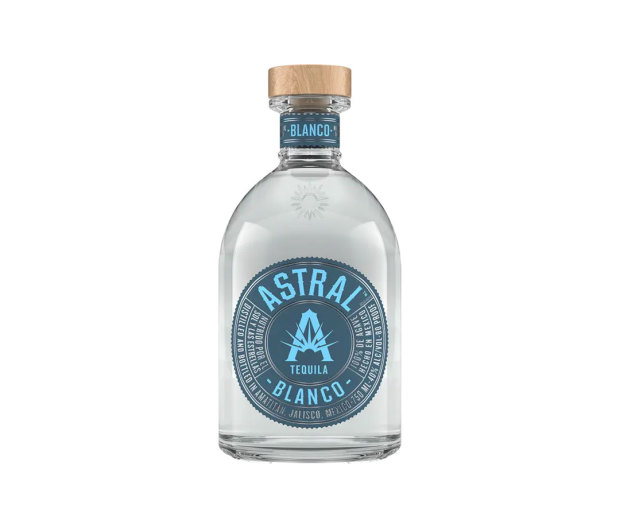
Master sommelier Richard Betts's first foray into agave distillation was the acclaimed Sombra Mezcal, which helps explain his quest for a tequila that evoked a similarly pre-industrialized spirit.
As with many of the best tequila brands, Astral roasts its sugar-rich agave hearts in traditional stone ovens and uses only wild yeast, but two key differences in its production process stand out.
The first is that its agaves are grown on mountainous slopes (the vast majority are farmed on flats) to give them more character from having to work harder to grow. Secondly, after the roasted piñas are crushed, the juice is fermented with the bagazo (the residual pulp)—most producers ferment the juice only—which explains Astral's especially pungent aromas and flavors.
Astral Blanco is distilled to 92 proof, which Betts calls "a more honest proof." The brand also has a reposado and an añejo.
[Price varies, $32.47; drizly.com]
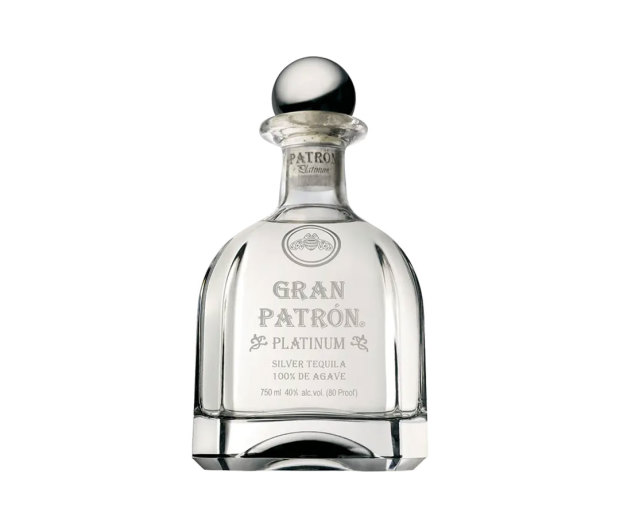
Courtesy Image
It's tempting to pooh-pooh Patrón, but damned if its triple-distilled blanco doesn't warm our hearts. It's only briefly barreled in oak, so rather than going for sweet vanilla flavors, Patrón steered its Platinum top-shelfer toward freshness.
It's smooth, almost to the point of disappearing, but somehow comes up with a long spicy finish—think of that hint of perfume left behind when someone passes you by. The price might be a little hard to swallow, but few tequilas go down as easily.
[Price varies, $221.95; drizly.com]
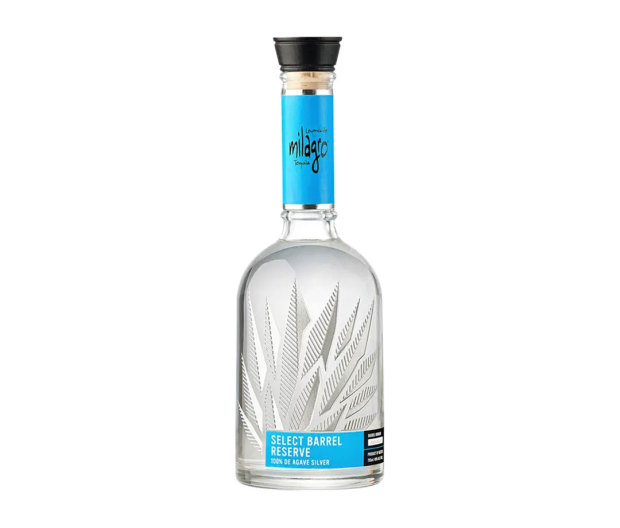
Courtesy Image
Milagro makes ultra-smooth, triple-distilled tequilas, and though it opts for modern, spiffy bottles, its product remains steeped in traditional production methods.
Its Silver is one of our top choices for margaritas, but we recommend a step up to this special stash (a steal compared with similar offerings from other top-shelf producers), which spends a month in French oak, said to impart spicier and less vanilla-like flavors than American oak does.
Select Barrel Reserve Silver walks the sweeter side of blanco. The spice is clove, not jalapeño, but with a sharp, tangy edge.
[Price varies, $55.95; drizly.com]
Reposado
Golden reposado means “rested” in Spanish. As the name implies, this subcategory comprises tequilas that rest in oak—for anywhere between two months to a full year. Typically that resting process occurs in American oak barrels that formerly held bourbon. The caramel and vanilla-laden notes of that specific style of whiskey often carries through into the tequila.
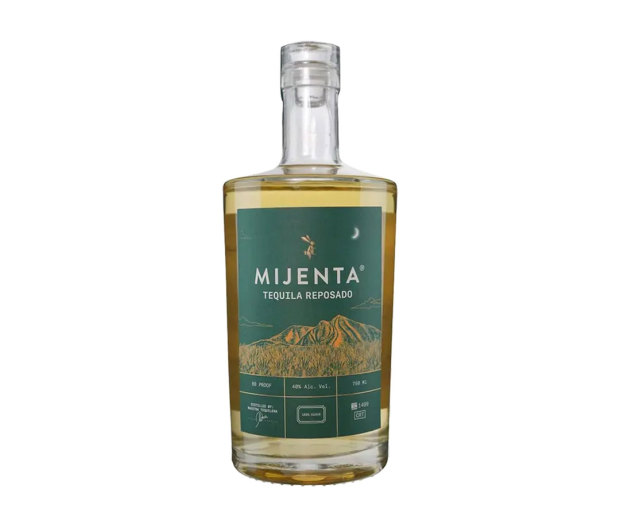
Courtesy Image
Mijenta is a super-premium brand that’s committed to supporting sustainable agriculture as well as the local communities of Jalisco. It also happens to craft some delicious booze. Its reposado, teeming with honey and orange, is among the brand's best offerings.
To tap into those tonalities, maestra tequilera Ana Maria Romero used a combination of American and French oak, along with rarer acacia casks. The tequila within spent up to six months of sleep in the battery of barrels.
[ $79.95; drizly.com]
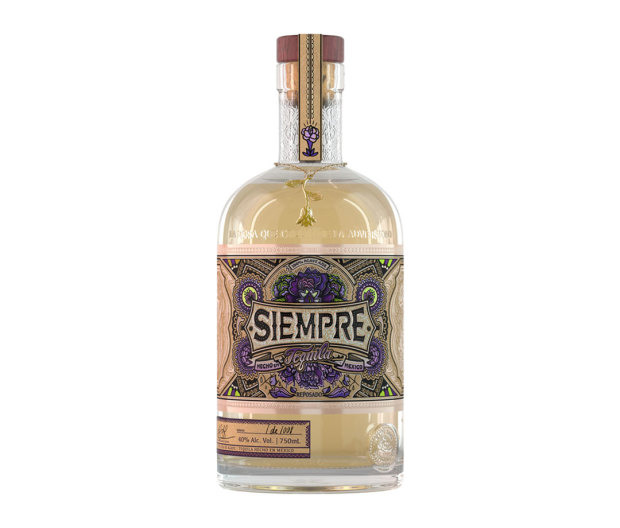
Courtesy Image
Balance is the name of the game here with Siempre Reposado. The dryness of toasted brioche plays off the sweetness of over-ripened orchard fruit. It all goes down in an eminently smooth sip.
[Price varies, $49.95; drizly.com]
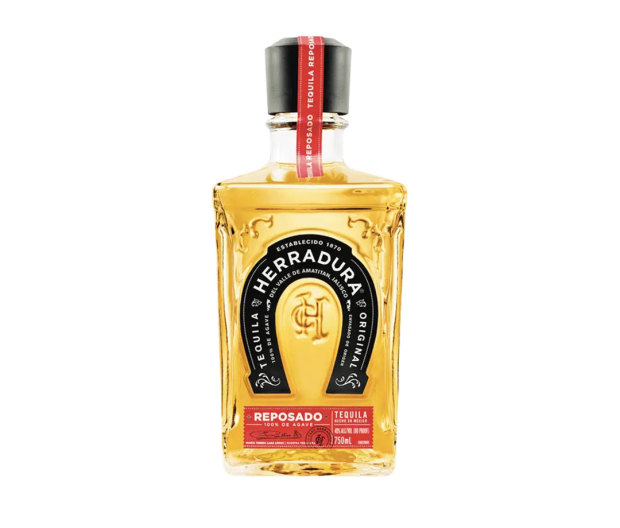
Courtesy Image
Herradura has continuously produced tequila since 1870, and the roughly 25 million agaves it maintains are propagated from the original plants of that era. More than any other huge-scale producer, Herradura has found a way, though, to maintain quality while scaling up. (Way, way up—its fermentation tanks hold more than a million gallons.)
Rather than rely on commercial yeasts to hasten fermentation, the company uses only naturally occurring airborne yeasts and lets the juice ferment for up to a week. The hacienda has a knack for aging: Herradura introduced the reposado category in 1974, and it remains one of the best examples of the style, with classic vanilla and butterscotch elements that come from a long (for reposado) 11 months in American oak.
Its Silver spends 45 days in oak, giving it a bit of color and smoothness, though without overpowering the base agave flavor.
[Price varies, $48.95; drizly.com]
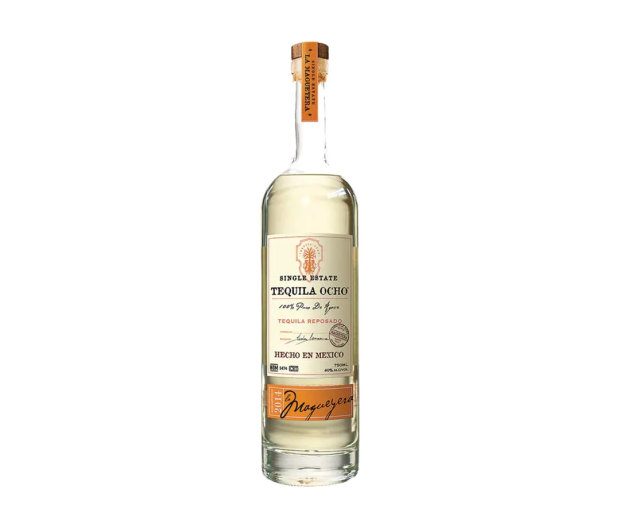
Courtesy Image
A partnership between famed tequilero Carlos Camarena (of Tequila Tapatio, also on our list) and Tomas Estes, dubbed Europe's "ambassador of Tequila" by the government of Jalisco, Ocho is the rare brand that asserts the importance of terroir.
The idea is that, as with wine, the unique natural characteristics of different ranchos in the same general area produce tequilas with very different flavor profiles. Thus, each bottling (or so-called vintage) features agaves sourced from a different rancho, with the precise location and year of manufacture noted on each bottle. The reposado and añejo are aged in barrels that have already held several tequila batches, to minimize the oak's effects.
[Price varies, $63.24; drizly.com]
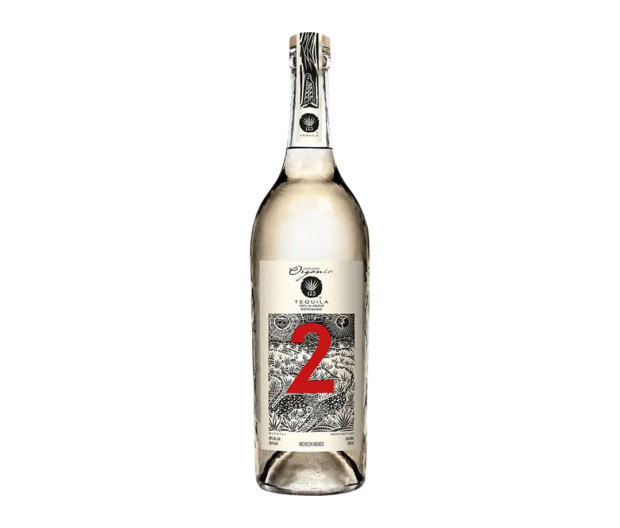
Courtesy Image
David Ravandi began planning his vision for 123 Tequila in the nineties. So, he planted, then waited. Agaves can take more than 10 years to mature, after all, so this is no small feat.
The fruits of his labor are certified organic, which gives "a more delicate, refined flavor profile and a cleaner finish," according to Ravandi. 123 Tequila doesn't use commercial yeasts in the fermentation process either. (As you might expect, the packaging comes from all recycled materials as well.) Ravandi's attention to authentic, small-scale production results in a complexity that skews more citrus and spice than sweet.
[Price varies, $79.95; drizly.com]
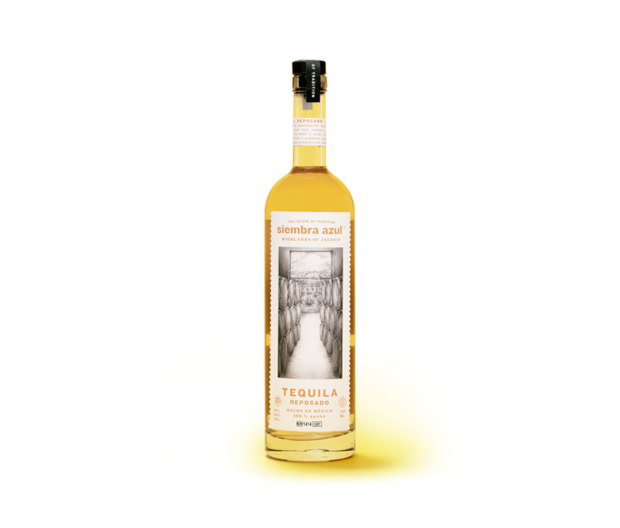
Courtesy Image
Siembra Azul's founder, David Suro-Piñera, is committed to transparency in tequila production, and so his bottles' labels detail every aspect of the production process, which begins in the iron-rich soil of the Jalisco highlands.
His take on tequila also offers some interesting distinctions: It's only made in winter, when a slower fermentation produces more complex flavors. And during fermentation, Suro-Piñera says that music by Mozart and Vivaldi is played continuously "to reduce environmental stress" while the yeasts work their magic on the open vats of bubbling juice.
The process works, resulting in a blanco tequila that is sweet and floral, extremely smooth, with almost an aged quality to it. The reposado is excellent; it's sweet and oak forward, having been aged in American oak and Kentucky bourbon barrels.
[Price varies, $84.99; astorwines.com]
Añejo
To be classified as añejo, a tequila must spend between one to three years in the barrel. Those casks can be built of anything, but they can’t be larger than 600 liters in size. The liquid that pours out after aging typically wears a caramel hue. It's often sweeter in substance than its younger counterparts, introducing vanilla, cinnamon, and other elements of the spice rack.
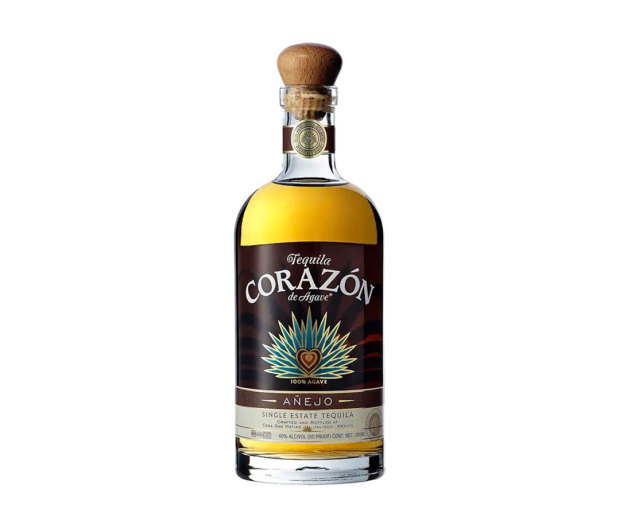
Courtesy Image
Additive-free and aged for upwards of 16 months in prized bourbon barrels, Corazón Añejo is a supremely versatile liquor.
Sipped solo, it's bright and suggestive of butterscotch. But it also makes itself known as the cornerstone of a craveable cocktail. Try subbing it in place of whiskey in your next old fashioned.
[Price varies, $45.49; totalwine.com]
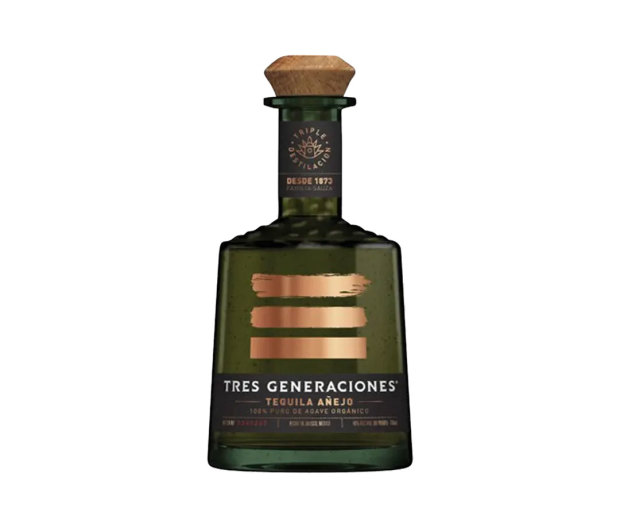
Courtesy Image
This small-batch standout is rich in mouthfeel and slightly smoky on the palate. It makes for a complex dram capable of winning over folks who typically steer towards mezcal.
[Price varies, $63.24; drizly.com]
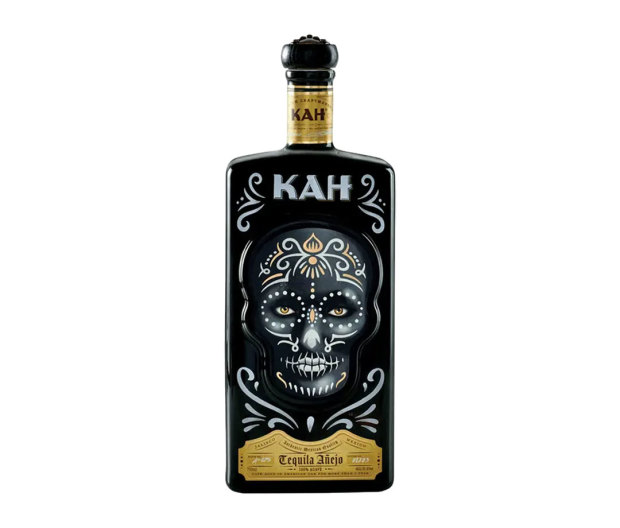
Courtesy Image
Kah's distinctive, hand-painted Day of the Dead skull bottles are collectibles in their own right (though bottles also come in more traditionally shaped ceramic bottles with traditional Nicaraguan art), but we're tantalized by the sweet caramel flavors they hold.
Amazingly, the brand's Reposado is distilled at a whopping 110 proof—the maximum allowed by U.S. law—yet somehow goes down as smoothly as Kah's ultra-sexy, coffee-and-cigarettes-evoking añejo and 80-proof Blanco. That blanco, which showcases the sweetness of long-roasted ripe agave, followed by hints of sweet winter spices, makes for a great margarita that barely needs a sweetener.
[Price varies, $79.99; drizly.com]
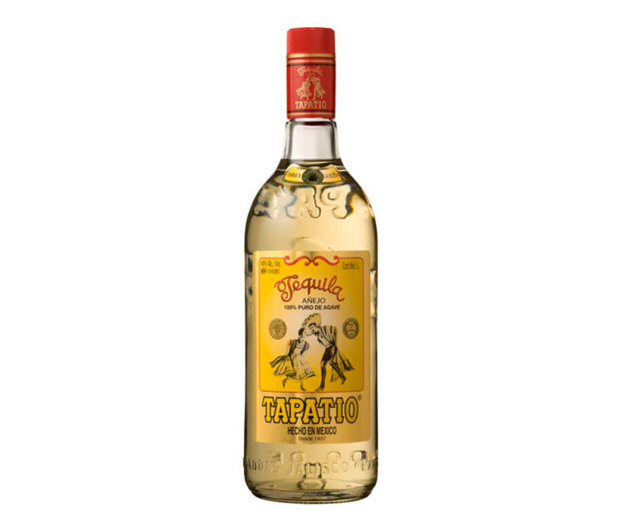
Courtesy Image
Carlos Camarena comes from a venerable family of the tequila trade that's been in the business since the 1800s. He distills many top-shelf tequilas, but Tapatio Añejo, a 75-year-old Mexican brand only recently available in the United States, is our favorite.
In crafting Tapatio, Camarena allows the piñas, or sugar-rich hearts, to ferment slowly along with the bagazo, or residual pulp, then lets the finished blanco sit in steel tanks for six months. The result is a distinctive tequila that's full-bodied and spicy. The company's Tapatio Blanco 110 is also surprisingly sippable, with big floral aroma and herbal flavors that's perfect for classic cocktails like the margarita.
[Price varies, $62.99; drizly.com]
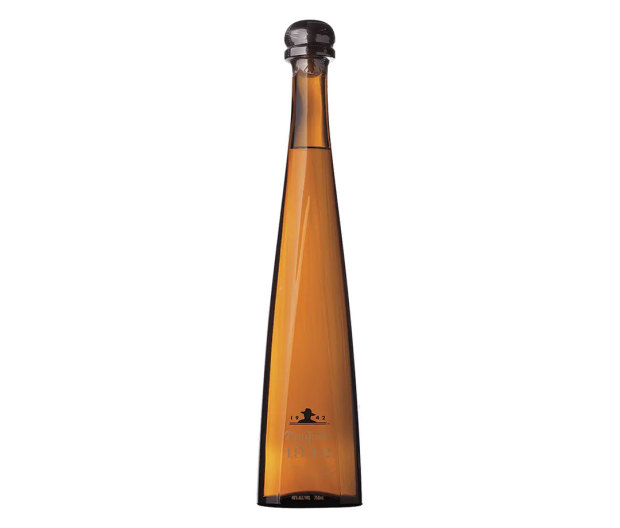
Courtesy Image
Don Julio makes an añejo with the color stripped out (like Qui) and an extra añejo it calls Real, but the bottle we fall hardest for is this two-and-a-half-year-old añejo.
By not giving over to the amber depths of extra añejos, the 1942 plays like a fine cognac, with fiery spice balanced by notes of salted caramel and creamy tropical fruit.
[Price varies, $173.95; drizly.com]

Courtesy Image
Additive-free and aged for upwards of 16 months in prized bourbon barrels, Corazón Añejo is a supremely versatile liquor.
Sipped solo, it's bright and suggestive of butterscotch. But it also makes itself known as the cornerstone of a craveable cocktail. Try subbing it in place of whiskey in your next old fashioned.
[Price varies, $45.49; totalwine.com]
Extra Añejo
Although it encompasses the oldest of liquids, extra añejo (or XA, for short) is actually the newest designation of tequila. It was made standard in 2006 and applies to any tequila that ages for a minimum of three years in barrels no larger than 600 liters in size. These sophisticated sippers usually come at a premium; some of the most expensive agave spirits on the market today wear an XA label.
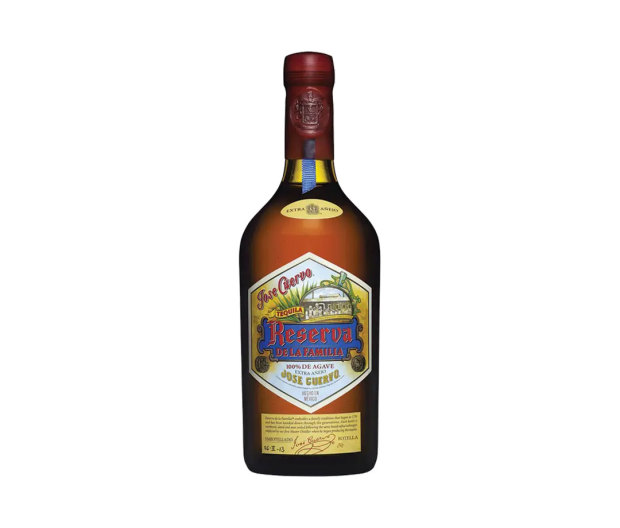
Courtesy Image
The Cuervo family has been in the tequila game since 1795, and to celebrate the company's bicentennial, it created a limited "family reserve," Jose Cuervo Reserva de la Familia Extra Anejo.
For this special offering, the choicest agaves are distilled and tucked away for at least three years in the family's private cellar. Then, before being bottled (each one is numbered and dated), every batch is tested by a Cuervo family member.
Each new extra añejo vintage delivers a different and distinct flavor, but you can always count on a velvet texture and deep flavors—think leather, black licorice, and roasted nuts.
[Price varies, $199.95; drizly.com]
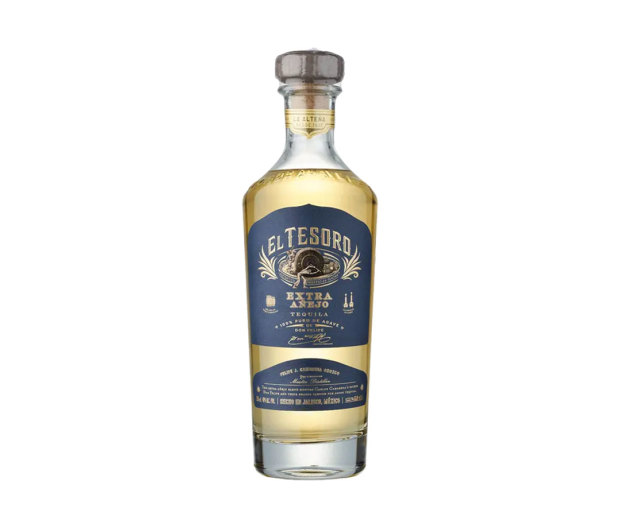
Courtesy Image
The problem with many extra añejos is that too much time in the barrel overpowers the lovable qualities of agave at its core. Master distiller Carlos Camarena would never make such a mistake.
The industry icon only released El Tesoro Extra Añejo, the elder statesman of his portfolio, after he knew he'd accumulated the right American oak barrels suitable for five years of slow aging.
Dark cacao and roasted mocha are palpable in the resulting liquid, but they enhance the earthy, vegetal notes of the distillate—as opposed to supplanting them.
[Price varies, $179.95; drizly.com]
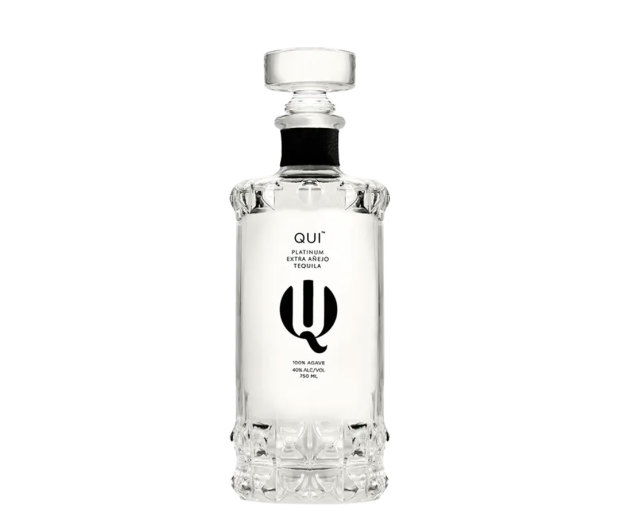
Courtesy Image
What could have been a mere marketing gimmick—a platinum extra añejo?—turns out to be a worthy innovation for Qui.
The company's debut product is an aged extra añejo that's then redistilled and filtered nine times. This thorough process accentuates smoothness while somehow still retaining the character provided by the oak. It might be our imagination, but the vanilla, butterscotch, and honey qualities feel bright and fresh.
This platinum is great both to sip or in a cocktail.
[Price varies, $99.99; drizly.com]
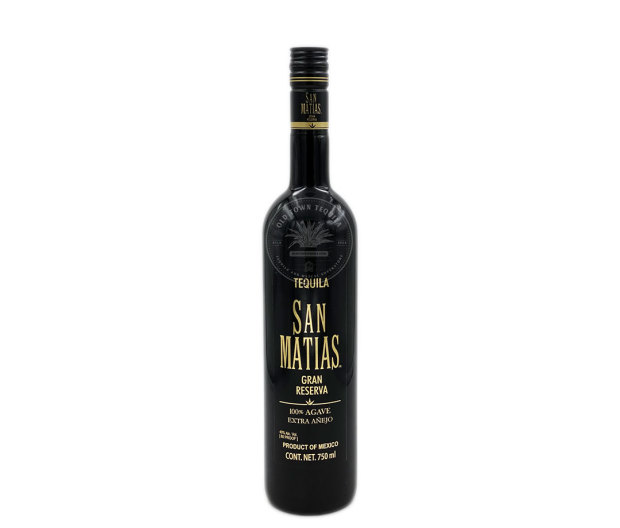
Courtesy Image
This extra añejo is aged for three years in French oak, rendering it an indulgent aroma of butter, fruit, chocolate, and toasted hazelnut. The natural sweetness of the agave comes through on the palate, playing with some bitterness. It's among the best bargains we've seen.
[Price varies, $54.99; totalwine.com]
Cristalino
Cristalino is the most curious of categories. It's the only one not officially recognized by tequila’s governing body, the CRT. As such, there are mere guidelines—as opposed to hard rules—as to what qualifies as an example. But it's most often come to mean an añejo or extra añejo tequila, which then undergoes charcoal filtration in order to strip the color of the aged spirit. What goes into the bottle is a crystal-clear tequila that still retains some of the sweeter barrel notes inherent to cask maturation.
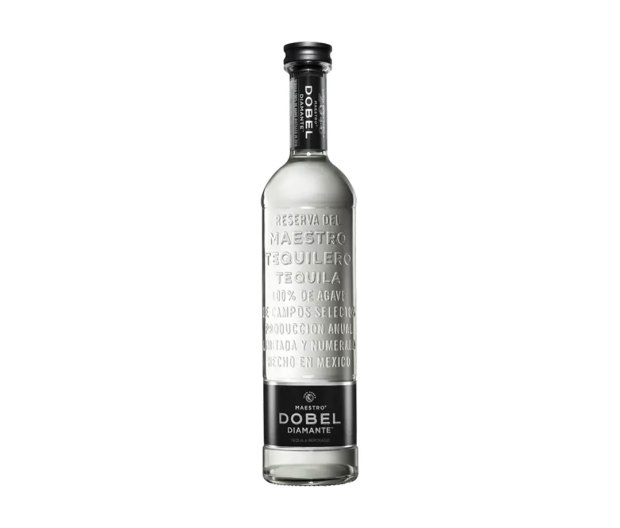
Courtesy Image
Maestro Dobel launched in 2008 as the first-ever multi-aged clear tequila: Diamante. The precise blend of reposado, añejo, and extra añejo tequilas are aged for one, two and three years, respectively, in Balkan white wood.
They then undergo a proprietary filtration process, which is still just as popular today. Diamante wears a hint of vanilla in its nose and delivers citrus and slate in a crisp finish.
[Price varies, $51.98; drizly.com]
from Men's Journal https://ift.tt/g2E5mrR
No comments:
Post a Comment